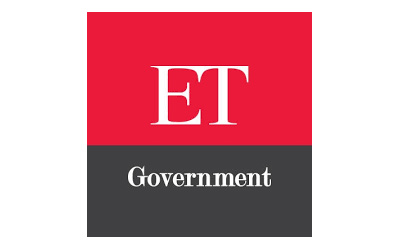India has committed to achieving net zero carbon emissions by 2070 at the COP26. Most action to achieve this goal is expected at the state level.
However, each Indian state, distinguished by its unique mix of natural resources, level of industrialisation, electricity usage and production patterns, cropping patterns, human development index, and other contributing factors, will follow a different pathway to achieve net zero emissions.
This divergence can be illustrated by Tamil Nadu, which, due to its high level of industrialisation, had a per capita income of INR 166k in FY23, compared to the national average of INR 98k. Because of these differences, each state’s transition journey will vary significantly, impacting industries, sectors, and people differently.
The estimated national cost of this transition-related buildup is between USD 10 trillion to 19 trillion. Since this transition will affect every Indian state and its residents, the key questions for each state are:
a) How to plan for the transition?
b) How to account for the differences among each state?
c) Which policies should be designed while deciding on fiscal incentives to support the transition? d) Which frameworks to create to measure, and monitor the progress towards the set targets and revise them as required?
The state-level net zero planning calls for policymakers to follow five steps. Firstly, for planning, the state will have to undertake a few transition scenario analyses to achieve net zero. This will help the state gauge the shift from energy-intensive activities to non-intensive ones. It will also help decide the trajectory of growth that is compliant with net zero and determine when and how much to cut energy-intensive practices and businesses. The scenarios will help policymakers decide when emissions will peak and identify key sectors for future growth. This exercise can help states identify the growth trajectory they wish to pursue, similar to how each of the principalities in the UAE is transitioning away from the traditional reliance on petrodollars to become a finance and tourist hub for the globe in their own way.
Secondly, figure out the investments needed to achieve net zero. Develop an understanding of the employment potential of the transition, including the creation of new jobs and the potential loss of existing ones due to the transition. If possible, gather insights from experts about the market potential for new businesses to operate within the state and the significance of this market in the national context. Also, identify support programs for individuals and businesses as they make the transition, and evaluate the associated costs for businesses, individuals, and impacts on state budgets. The two steps combined will help define the policy targets.
Thirdly, the state governments will need to break down their long-term goals into medium and short-term targets based on expected transition scenarios to design fiscal policies and support. It will be important to consider input from investors, current industry leaders, and other stakeholders to establish short-term policy targets and provide necessary support to address the challenges they have identified for implementation. For instance, the government could establish special economic zones/parks, providing a plug-and-play model to support emerging sectors such as green hydrogen, electric vehicles, etc.
Fourthly, inspired by how businesses raise funds, states can create a pitch book to align with the identified transition pathway. This pitch book can help investors understand the size of the opportunity resulting from the transition. It could highlight key features such as available market space, youth employability, and other policy and business support features offered by the state. The deck will provide insight into how the state envisions the transition and what scale, support, and features it could offer to attract the necessary capital for building the required infrastructure.
Fifthly, by creating the frameworks to monitor the progress, the states would need to update their transition pathways every five years or so to reflect upon the current realities, especially regarding which technologies are feasible and scalable and which are not. Frameworks could help with the revisions in the planning, which will help businesses in the state to stay aligned with the trends, which may otherwise become difficult to implement over time. This is important because transition pathways often involve the use of technologies that may not scale for various reasons, necessitating the exploration of alternative pathways while also scaling up technologies and businesses that could have a significant impact.
By Vaibhav Pratap Singh, Executive Director, Climate and Sustainability Initiative (CSI)
Originally Published in ET Government

